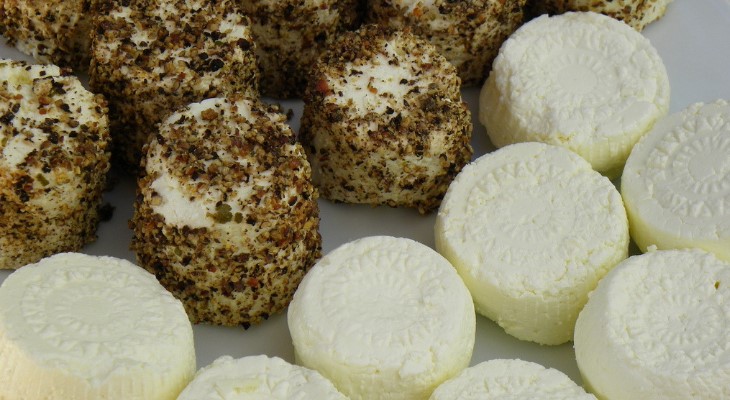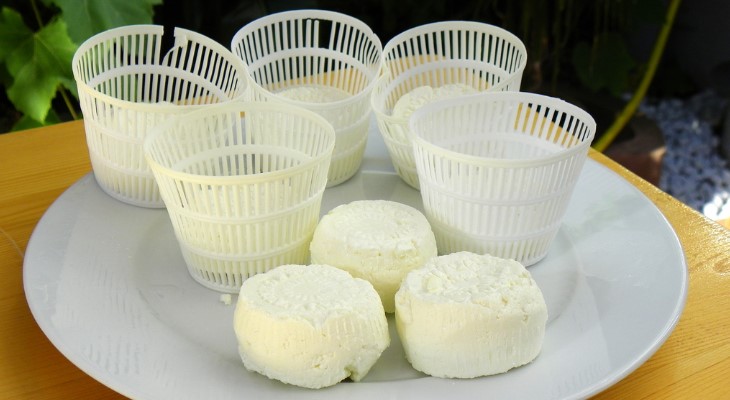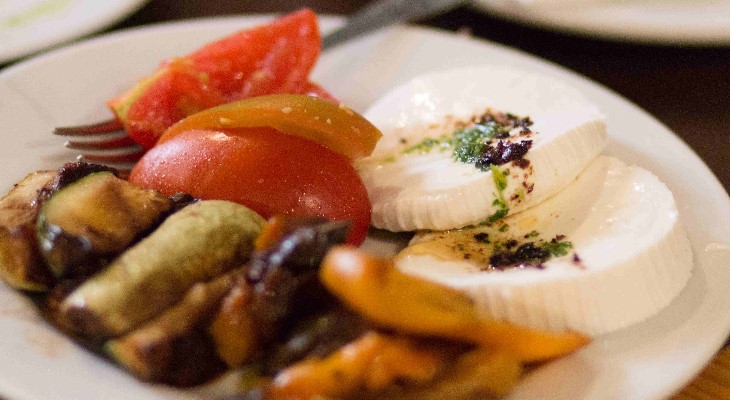Local farmer reveals how Maltese ‘gbejniet’ are made, and what makes them so popular.
Sheep’s milk gbejniet have been in production since time immemorial, and are among the best kind of ġbejniet you’ll find on the Islands. Most families who owned farmland and herds of sheep in the past would produce their own and incorporate them into meals in different forms, and for some families, the practice has been handed down from one generation to another. Chris Grech, a young farmer who runs a butcher shop in Birżebbuġa, took over this practice from his father and grandfather before him.

Colorgrinder on Flickr
The process
“Making gbejniet is quite time-consuming and, unfortunately, a dying practice, but something I do every day, starting from very early in the morning,” says Chris. “I head to the farm to milk the sheep, then take the milk home where my wife gets started on the process. Sheep’s milk is without doubt the best milk for making ġbejniet – it curdles the best, you get the most out of every batch of milk, even in terms of fats and nutritional value, and you simply cannot compare the taste.”
The rich and creamy texture of the gbejniet is a result of the type of milk used, as well as the fact that it isn’t pasteurised. “Using pasteurised milk would change the taste and not allow it to curdle properly. I’m very careful to ensure that the animals are in good health and checked thoroughly on a regular basis, and as long as you take all the necessary precautions, there is no cause for concern,” explains Chris.

Colorgrinder on Flickr
“The milk, together with salt and rennet, is heated up to a temperature ranging between 38 and 40°C. It will then start to curdle and solidify. We cut this up and place an amount in small plastic containers called qwieleb, which give the gbejniet their distinctive pattern.”
The gbejniet are left to rest in their containers overnight, placed on a rack to drain, and then flipped to get the same pattern on both sides. If they are to be sold as fresh ġbejniet – where the cheese is still soft and needs to be consumed within a few days – they are placed in the fridge and prepared to be sold the following day.
Different variations
If the gbejniet are to be sold as dried cheeselets, they are refrigerated for a few days, taken out and left to dry. When sold this way, they are known as gbejniet bojod or moxxi (white and salted cheeselets), whereas those who enjoy a bit of heat with their food can opt for ġbejniet tal-bżar (peppered cheeselets), which, once dried, are left to soak in vinegar before being rolled in pepper and packaged.
His 70-strong herd of sheep permits Chris to yield approximately 250 gbejniet each day, although production varies depending on demand and available resources.

Richard Muscat Azzopardi
Where to find them
If you’re keen to take a taste of Malta home with you, you’ll find that many grocery stores sell a variety of ġbejniet, including fresh, dried and salted, and dried and peppered ġbejniet made from sheep’s milk, as well as those produced by the leading processing dairy plant on the Maltese islands, Benna, which uses pasteurised cow’s milk.
“The milk, together with salt and rennet, is heated up to a temperature ranging between 38 and 40°C. It will then start to curdle and solidify. We cut this up and place an amount in small plastic containers called qwieleb, which give the gbejniet their distinctive pattern.”